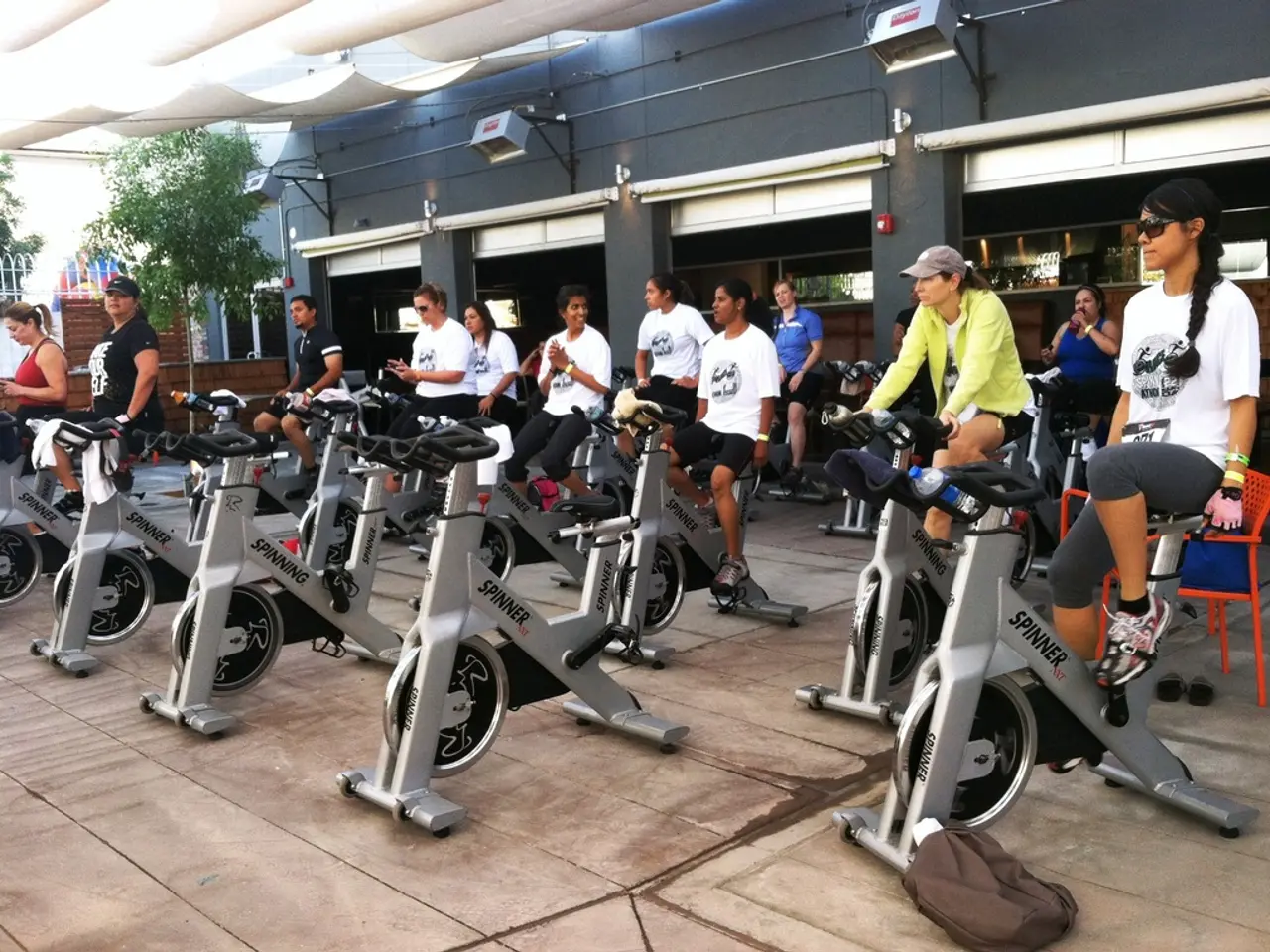Physical Activity Duration for Maximum Life Extension Revealed, Adding up to Three Times More Years to Life
In a groundbreaking study published in 2025, an international team of scientists analysed 85 studies from peer-reviewed scientific journals, shedding light on the impact of physical activity on all-cause mortality, cardiovascular diseases (CVD), and cancer-related deaths. The findings have important implications for public health recommendations and adaptation in late life.
Key findings from the research reveal that both the duration and intensity of physical activity play a crucial role in reducing mortality risks. Adults who engage in consistent or increasing physical activity during adulthood experience a significant reduction in their risk of all-cause mortality, with a 20-40% lower risk compared to inactive individuals. This group also has a 30-40% lower risk of cardiovascular mortality.
The study found that moderate-to-vigorous physical activity (MVPA) combined with reduced sedentary time is associated with the lowest mortality rates among both cancer survivors and the general population. Higher scores reflecting more MVPA and less sitting time are linked to reduced all-cause, cancer-specific, and CVD-specific mortality.
Regular exercise and leisure activities independently relate to lower mortality risk, regardless of physical work status. For example, in a large Chinese cohort study, regular exercise lowered all-cause mortality hazard ratio (HR) to 0.93, and high engagement in leisure activities lowered it further to 0.85, compared to those with no regular exercise or low leisure activity. Physical work alone did not show significant mortality benefit.
The research also highlights that exercise in adulthood, including later life, confers substantial mortality reduction. Initiating or maintaining exercise during adulthood is tied to approximately a 40% drop in death risk from all causes. Later-life exercise also reduces deaths from heart disease, cancer, and other causes by around 22%.
The findings collectively suggest that maintaining or increasing physical activity levels from early adulthood through late life is critical to maximizing longevity and minimizing risks of cardiovascular disease and cancer deaths. Late-life adaptation—i.e., adopting exercise habits in older age—still provides measurable survival benefits.
Interestingly, both moderate and high-intensity activities, or a combination, yield these results. Increasing time beyond the recommended level does not provide any additional benefit. Any physical activity is always better than none, and it's never too late to start changing one's lifestyle, researchers noted.
Participants' ages ranged from 18 to 96, emphasizing that physical activity benefits people of all ages. Adults can aim for up to five hours of moderate physical activity per week, or alternatively, two and a half hours of high-intensity activity per week, as recommended by the World Health Organization (WHO).
In conclusion, engaging in regular moderate-to-vigorous physical activity throughout life, reducing sedentary time, and incorporating leisure activities is strongly associated with lower all-cause mortality, cardiovascular mortality, and cancer-related mortality. Public health guidance encourages consistent physical activity as a cornerstone of preventing chronic disease and promoting longevity, including adaptations for older adults who begin exercising later in life.
- Science reveals that both the duration and intensity of physical activity play a crucial role in reducing mortality risks, with adults who engage in consistent or increasing physical activity experiencing a significant reduction in the risk of all-cause mortality due to health and wellness practices, particularly fitness and exercise.
- The study found that moderate-to-vigorous physical activity (MVPA) combined with reduced sedentary time is associated with the lowest mortality rates among both the medical-conditions group of cancer survivors and the general population, implying that this practice is beneficial for managing chronic diseases.
- The research underscores the importance of maintaining or increasing physical activity levels from early adulthood through late life, as it is critical for maximizing longevity and minimizing risks of cardiovascular disease (CVD) and cancer-related deaths, emphasizing that late-life adaptation still provides measurable survival benefits and it's never too late to start adopting a healthier lifestyle.




